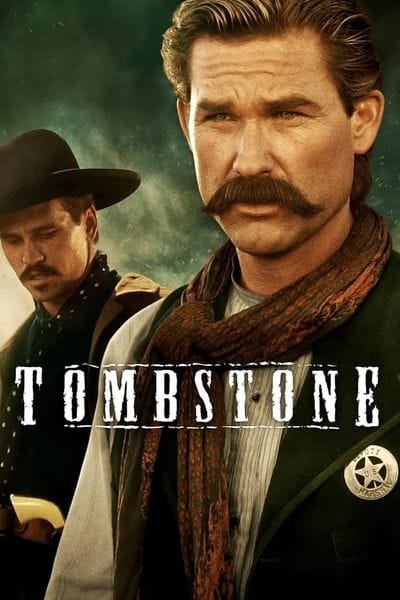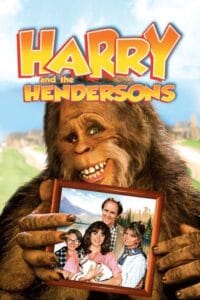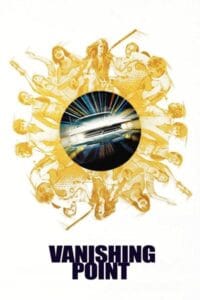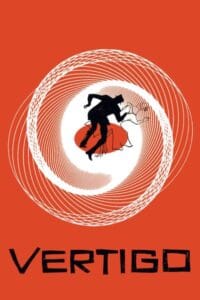The classic 1993 western film “Tombstone” stands as a cinematic homage to the legendary gunfights and tumultuous history surrounding the town of Tombstone, Arizona, a place rich in folklore and notorious for its infamous shootouts. Known for its charismatic characters like Wyatt Earp, the lawman who sought to bring order to the Wild West, and Doc Holliday, the charming yet deadly gambler, the film captures the essence of the Old West through its vibrant storytelling, compelling character arcs, and stunning visuals that bring the dusty streets of Tombstone to life.
From the iconic shootout at the O.K. Corral to the intense confrontations between outlaws and lawmen, each scene is meticulously crafted to reflect the tension and drama of the era. This article will take you through the significant filming locations that helped shape the narrative, including the actual sites of historical events, the types of authentic settings used to immerse viewers in the period, and provide insight into the climatic scenes that make “Tombstone” an unforgettable film experience. With its blend of historical accuracy and dramatic flair, “Tombstone” remains a beloved classic that continues to resonate with audiences today.
City Locations
Mescal, Arizona
Nestled approximately 40 miles from Tucson, Mescal served as a prominent filming location for “Tombstone.” This former Western movie set offers a picturesque backdrop that transports viewers back in time. With its collection of authentic wooden structures and sweeping desert landscapes, Mescal perfectly embodied the mood and atmosphere of the Old West. Notably, many of the town’s most iconic scenes were shot here, allowing actors like Kurt Russell (Wyatt Earp) and Val Kilmer (Doc Holliday) to immerse themselves in their roles against a strikingly realistic setting.
Location Types
American, Rustic
The film’s choice of American rustic locations adds an authentic appeal that resonates with audiences. This genre embraces the unique charm of rural America, showcasing picturesque landscapes, historical buildings, and unrefined natural beauty. Each location selected for “Tombstone” contributes to its narrative by reinforcing the ruggedness and lawlessness of the era. The film effectively captures the spirit of the West through its selection of gritty town squares, dusty streets, and serene desert vistas, immersing viewers in the struggles and triumphs of its characters.
Location Styles
Americana/Anywhere America
The Americana style present in “Tombstone” evokes a sense of nostalgia and familiarity for viewers. It highlights an era when the Wild West was both a dream and a harsh reality. The film’s creators artfully crafted scenes that celebrate quintessential American themes of bravery, loyalty, and confrontations with fate. Locations featuring wide-open plains, horse-riding, and saloons create a relatable American narrative, enticing viewers to invest in the fates of the story’s heroes. This effective use of Americana, coupled with stunning cinematography, helps the audience to connect with the characters on an emotional level.
About Tombstone
Tombstone, Arizona, is a town steeped in rich history, most famously known for the legendary Gunfight at the O.K. Corral, which erupted in 1881 and became a pivotal moment in the American West. Originally founded as a booming silver mining hub, Tombstone rapidly transformed into a bustling frontier town, filled with saloons, gambling halls, and vibrant social gatherings that attracted a diverse array of outlaws, lawmen, and notorious figures, including the legendary Wyatt Earp and his close associate, Doc Holliday.
The film depicting this historical event masterfully captures the tension between law and order versus chaos, a central theme that resonates throughout the narrative. Pivotal scenes illustrate the intense conflicts faced by the main characters, showcasing their moral dilemmas as they navigate a world rife with danger and lawlessness. The film does an excellent job of portraying the complexities of their relationships, revealing not only their individual struggles but also the bonds of friendship and loyalty that were forged in the heat of adversity. As they stand courageously against overwhelming odds during this lawless time, the film highlights the essence of heroism and the human spirit’s resilience in the face of chaos.
Tombstone Locations
Several significant locations brought “Tombstone” to life, each representing a critical aspect of the narrative:
- O.K. Corral: The fateful location of the iconic gunfight is pivotal to the story. The real-life event was a defining moment in American history, showcasing the clash between the Earp brothers and the Clanton gang.
- Bird Cage Theatre: This historic venue was notorious for its raucous atmosphere and entertainment in the 19th century. Featuring prominently in the film, it served as a reminder of both the town’s lively entertainment and the shadowy dealings that unfolded.
- Tombstone Courthouse State Historic Park: This site provided an essential backdrop for the story’s legal aspects, signifying law and order’s struggle against the chaos of frontier life.
Wyatt enters the town scene in Tombstone
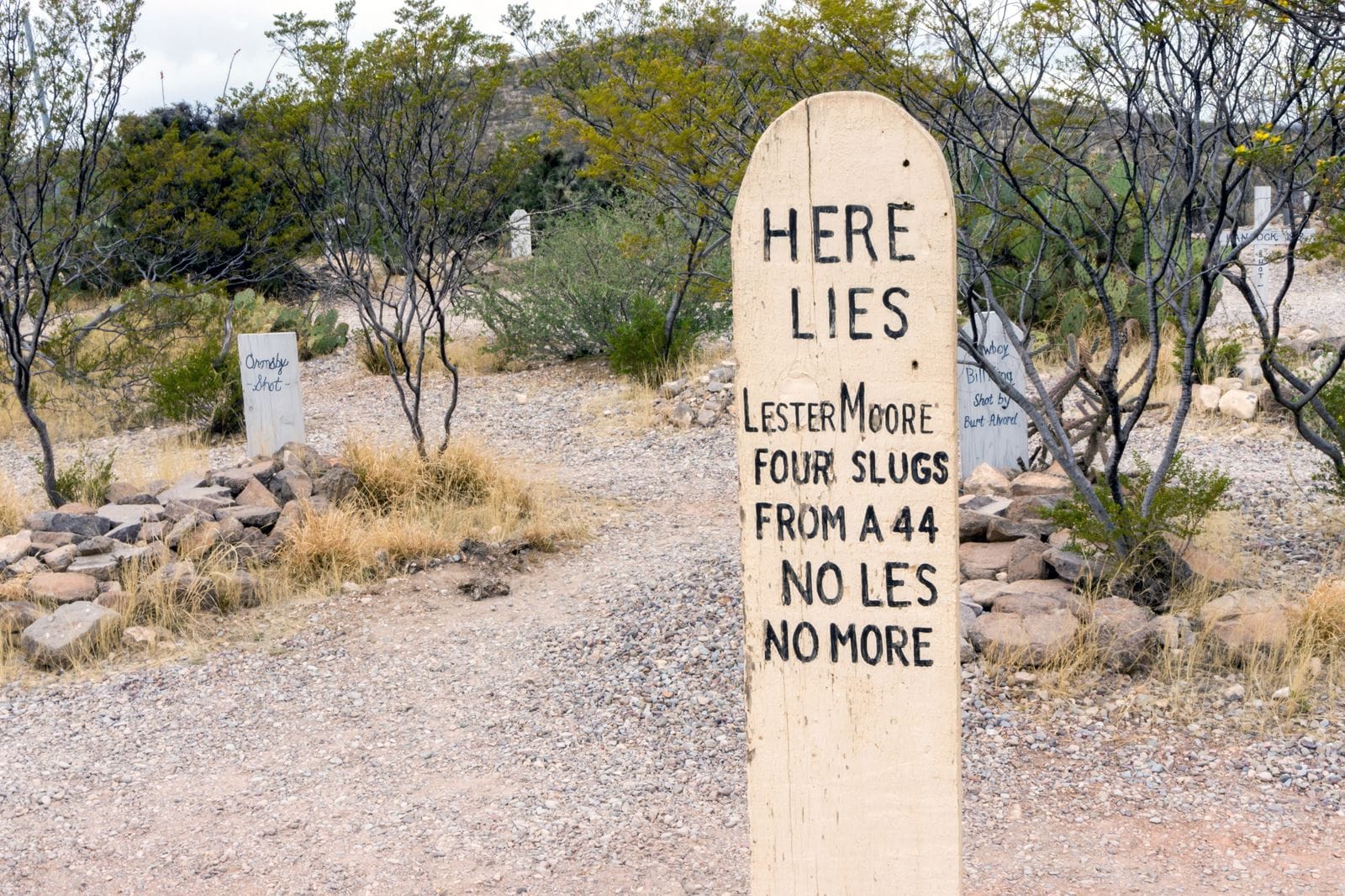
The sequence when Wyatt Earp arrives in Tombstone epitomizes the film’s central theme: the relentless search for justice in a tumultuous and lawless environment. As Wyatt rides into town, the atmosphere is thick with tension and palpable anticipation, setting the stage for the unfolding drama. The cinematography artfully captures the parched, dusty landscape, highlighting the barren desert that surrounds the town, while the wary glances of the townsfolk reflect their unease and apprehension at his arrival. This visual storytelling not only emphasizes the harsh realities of frontier life but also foreshadows the challenges Wyatt will face.
Wyatt’s reputation as a lawman precedes him, and the townspeople’s mixed reactions—curiosity, hope, and fear—create an engaging dynamic. The narrative skillfully underscores his moral compass and compassionate nature, showcasing how he stands as a beacon of integrity amidst a place rife with danger and corruption. This scene serves as a powerful introduction to the character, effectively drawing the audience into Wyatt’s journey of seeking justice against overwhelming odds. As the stakes rise, viewers are compelled to invest in his quest and the moral dilemmas he encounters along the way.
Doc killed Johnny Ringo scene in Tombstone
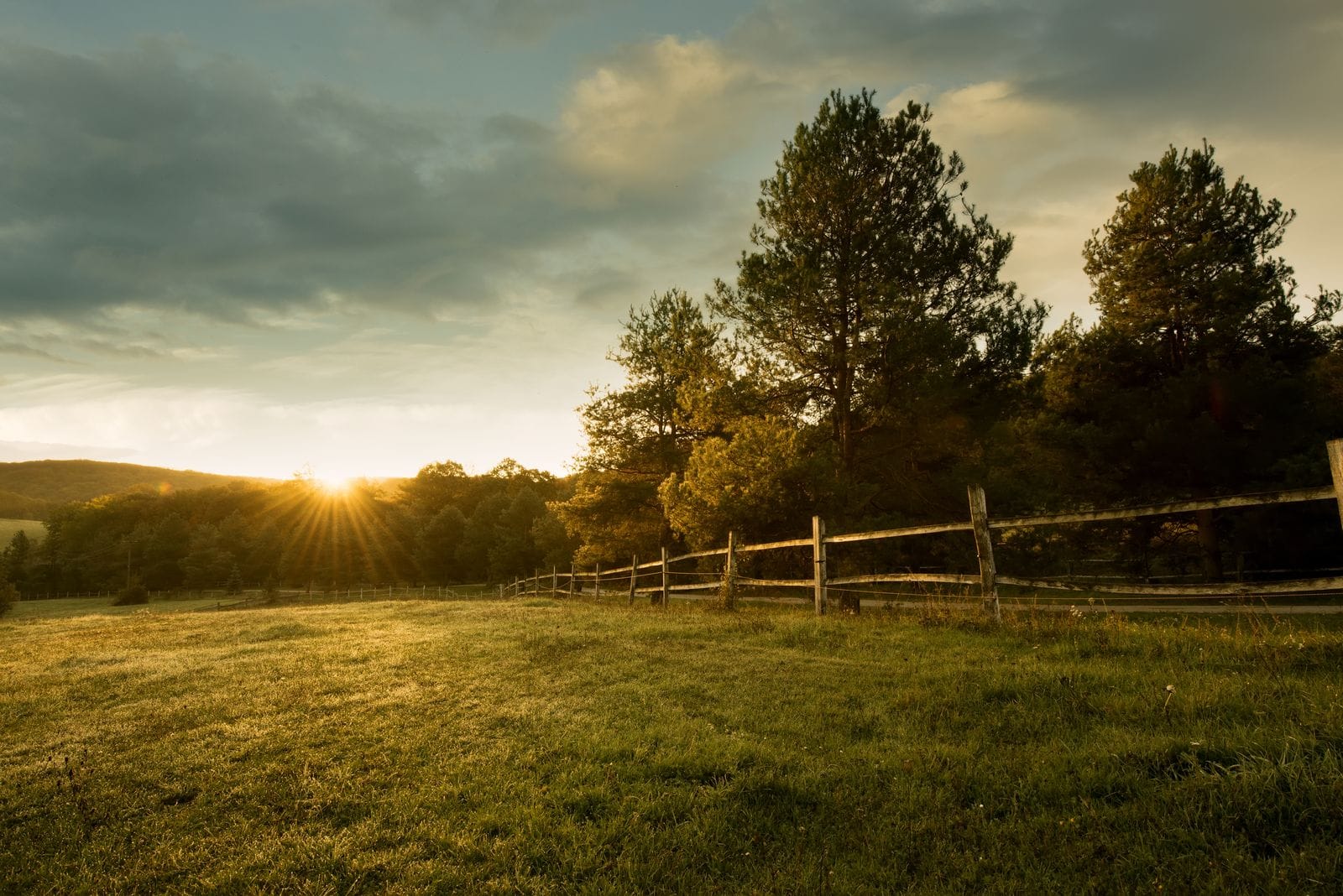
One of the film’s most gripping moments is the high-stakes confrontation between Doc Holliday and Johnny Ringo. Their shared past and underlying rivalry build tension that culminates in an intense duel. The stakes are apparent as Doc’s slick bravado masks the weight of his deadly intentions. The scene captures the essence of the Wild West, showcasing not just gunplay, but the psychological warfare that precedes it. With sharp dialogue and expertly choreographed action, the film portrays Holliday’s fierce loyalty to Wyatt Earp while highlighting the philosophical struggle between life and death.
Doc’s death scene in Tombstone
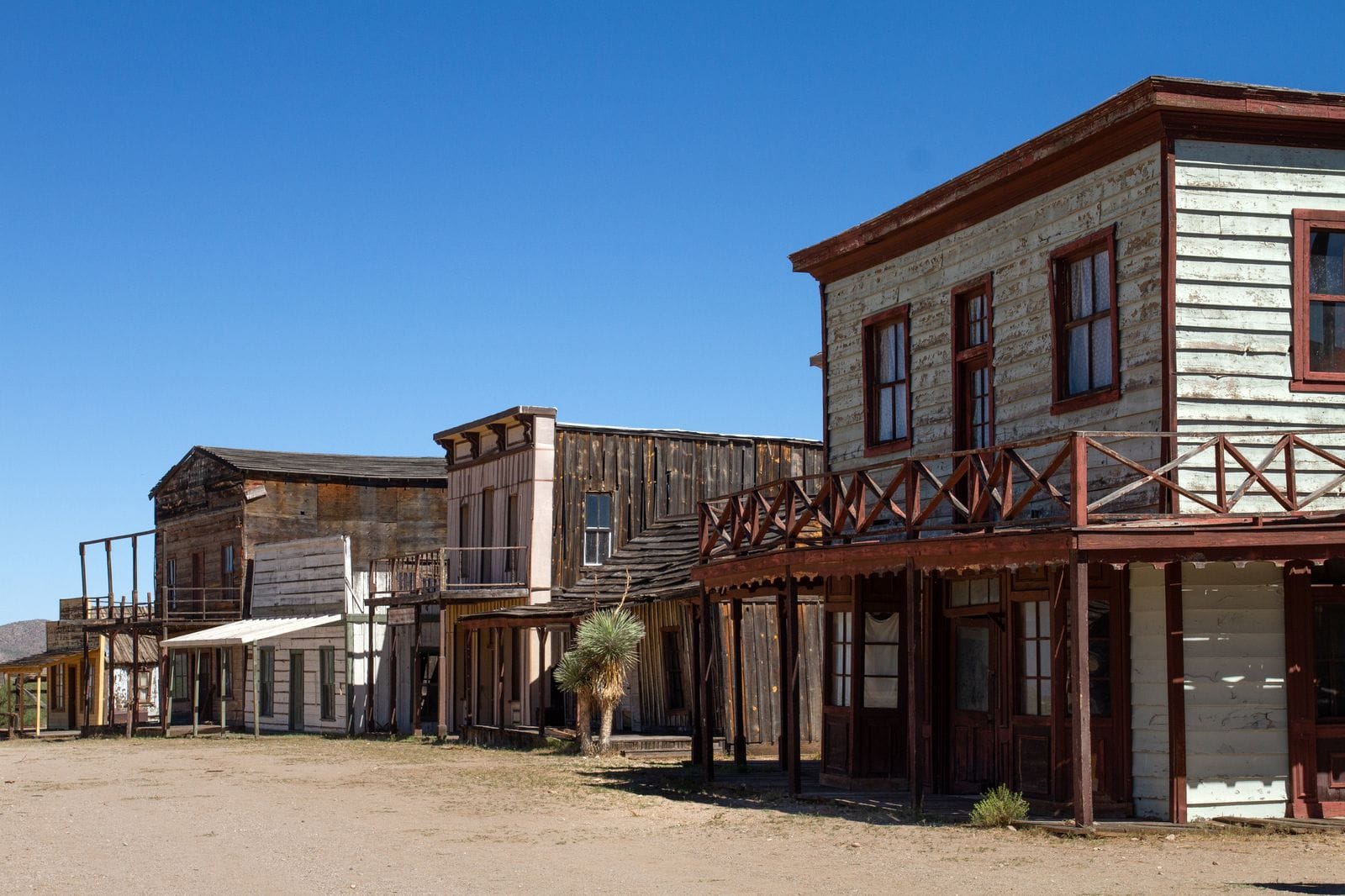
Doc Holliday’s death scene is both tragic and poignant, reflecting the toll of the tumultuous life he led as a gambler and gunslinger in the Wild West. As he lies on his deathbed, surrounded by the dim light of the room, the film transitions from fast-paced action to a deeply emotional exploration of friendship, sacrifice, and the weight of choices made. Wyatt Earp’s bedside vigil becomes a heart-wrenching moment of reflection, encapsulating Holliday’s complex character, his fierce loyalty, and the profound bond shared between the two men forged through countless trials and tribulations.
The dialogue exchanged during this pivotal scene reveals their camaraderie and mutual respect, even as the specter of death looms ominously nearby. With each word, viewers sense the history and memories that bind them together, highlighting the deep emotional connection that transcends the violence of their past. This moment serves as a powerful affirmation of the film’s larger themes of loyalty, brotherhood, and the harsh realities faced by those who lived—and ultimately died—by the gun.
As the scene unfolds, viewers are not only drawn into the tragic farewell of Holliday but are also invited to contemplate the broader implications of their lifestyle—filled with danger, bravado, and an undeniable sense of inevitability. The bittersweet farewell offered to Holliday resonates deeply, leaving a lasting impact and reminding us of the sacrifice and choices that define the lives of some of cinema’s most iconic characters. It is a moment that lingers, evoking both sorrow and admiration for a man who lived life on his own terms.
I’ll be your Huckleberry scene in Tombstone
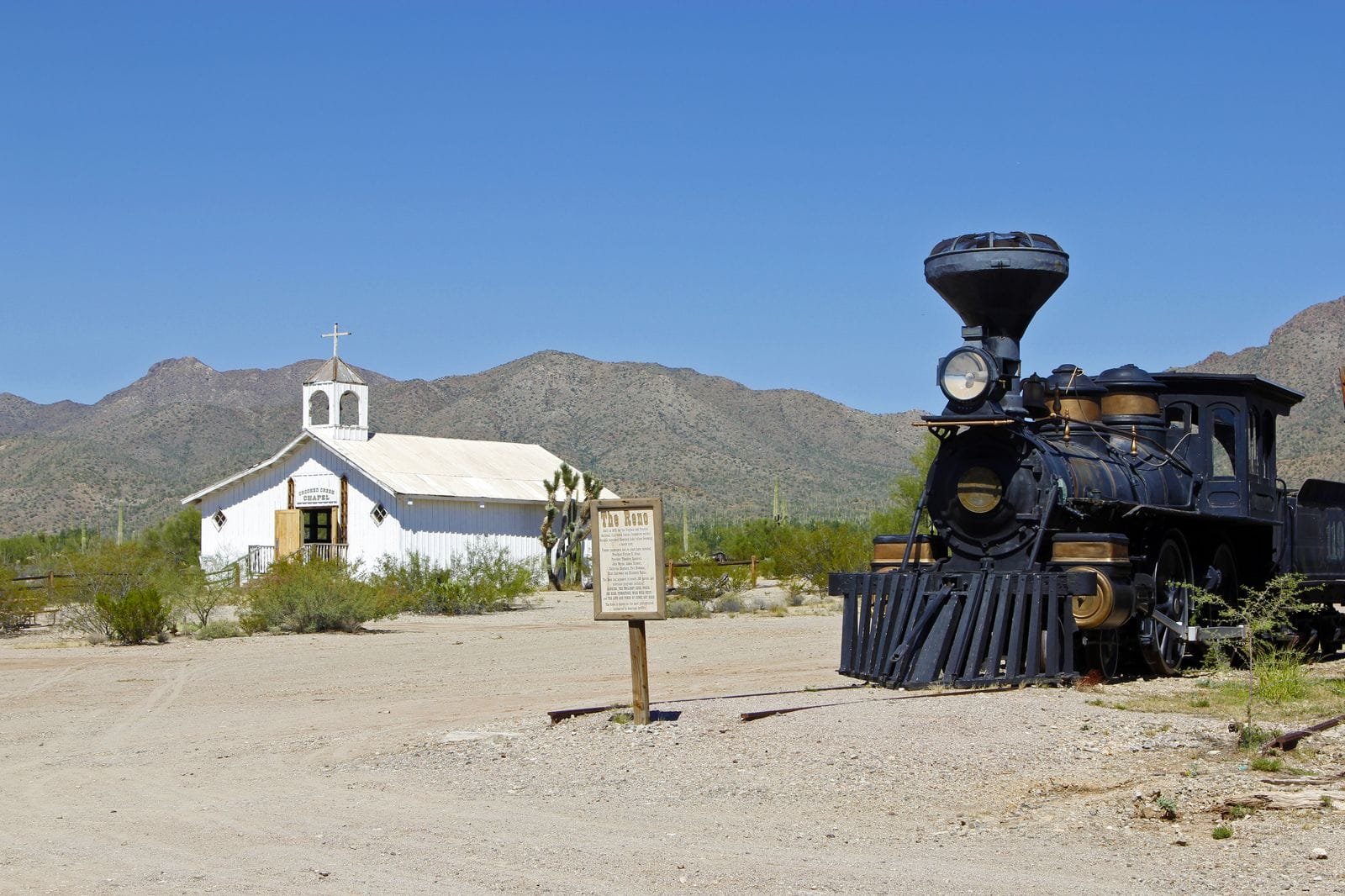
The line “I’m your huckleberry” has become synonymous with Doc Holliday’s character, encapsulating not just his persona but also his fierce loyalty to Wyatt Earp. This powerful declaration serves as a testament to his unwavering readiness to face danger, no matter the odds. In the context of the film, this iconic moment is more than just a line; it epitomizes the fearless spirit of the Wild West, a time marked by both adventure and peril.
Doc’s character is a fascinating blend of charm, wit, and lethal aptitude, making him a compelling figure in the narrative. The dialogue reflects a poignant moment of resolve, showcasing the deep bond between the two men as they prepare to confront their adversaries in a world filled with outlaw gunfights and moral ambiguity. This scene is pivotal, not only for its tension but also for its emotional weight, as it highlights the trust and camaraderie shared between them.
The blend of confidence, humor, and an underlying sense of foreboding in this moment has left a lasting impression on audiences, firmly cementing the line in popular culture. It has transcended its original context, often quoted in various settings, and continues to resonate with fans of Westerns and cinematic history alike. This enduring legacy reflects the timeless themes of loyalty, bravery, and the complex nature of friendship that define both Doc Holliday and Wyatt Earp’s legendary story.
Josephine meets Wyatt scene in Tombstone
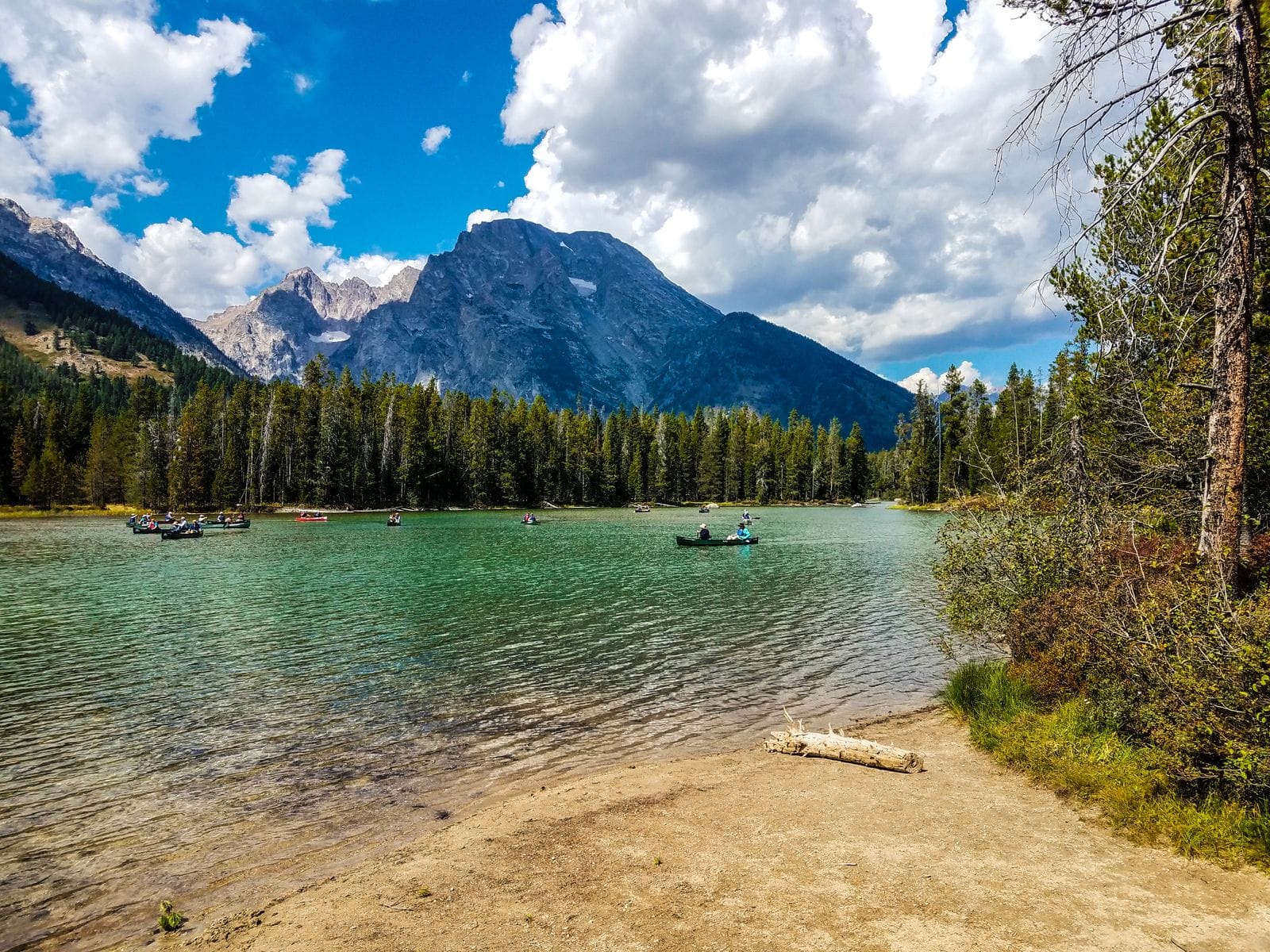
The meeting between Josephine Marcus and Wyatt Earp is a pivotal moment in the film that lays the groundwork for their eventual romance. Set against the backdrop of a tumultuous era in American history, their chemistry is palpable from the very outset, sparking a connection that transcends the chaos of the world around them. This scene serves as a profound exploration of love amid the turmoil, showcasing the duality of their lives as they navigate the personal struggles and external conflicts that define their existence.
As they converse, the dialogue reflects their differing perspectives on life, duty, and the choices they must make in a lawless land. Josephine, a spirited and independent woman, challenges Wyatt’s sense of duty as a lawman, while Wyatt’s steadfast commitment to justice presents a striking contrast to her free-spirited nature. This dynamic not only establishes the foundation for their budding romance but also allows viewers to deeply empathize with their relentless pursuit of happiness in a perilous environment. Through their interactions, the film highlights the tension between love and obligation, illustrating how their relationship evolves amid the pressures of the chaotic world they inhabit.
River shootout scene in Tombstone
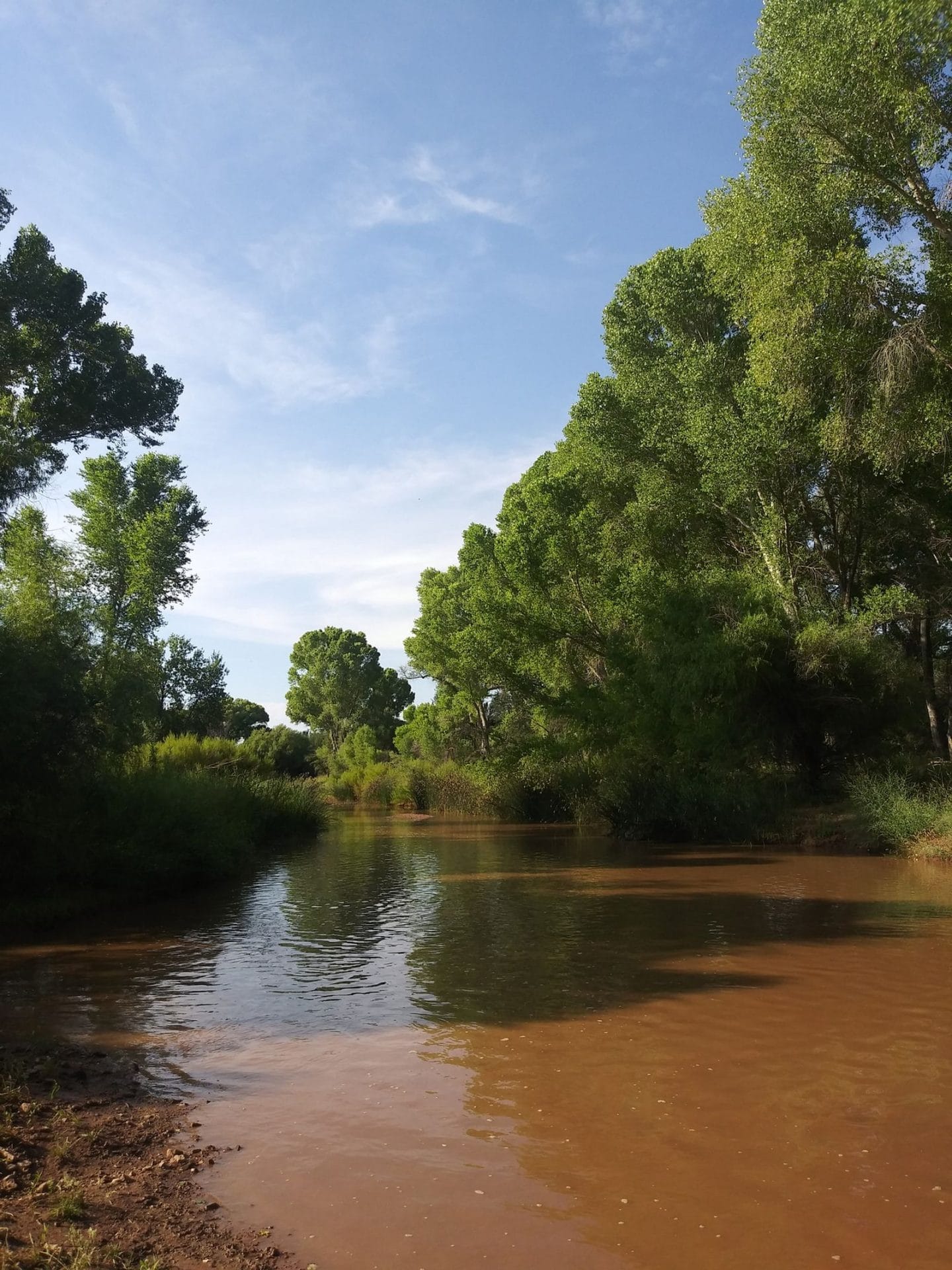
The river shootout is one of the film’s most thrilling sequences, brimming with tension and action. The combination of clever choreography and stunning cinematography creates a visceral exper2ience for the audience. As bullets fly, the stakes rise dramatically, emphasizing the dangers faced by Wyatt and his allies. This pivotal moment not only serves to heighten the tension, but also illustrates the characters’ determination to reclaim justice. The interplay of light and shadow in the scene further enhances the chaos, ultimately making it a standout moment in the film.
Conclusion:
“Tombstone” remains a beloved classic Western film, with its expertly crafted storytelling and dynamic cast performances. The film’s pivotal scenes, such as Wyatt Earp entering town, Doc Holliday’s death, and the river shootout, all capture the essence of justice in a tumultuous environment. With its lasting impact on popular culture and inspiring countless works of art and media, “Tombstone” has solidified its place as one of the greatest Western films of all time. So next time you watch it, take note of these iconic scenes and appreciate the film’s masterful portrayal of the Wild West. So saddle up, grab your huckleberry, and immerse yourself in the world of “Tombstone”. There’s always something new to discover within this timeless classic. Happy trails!

